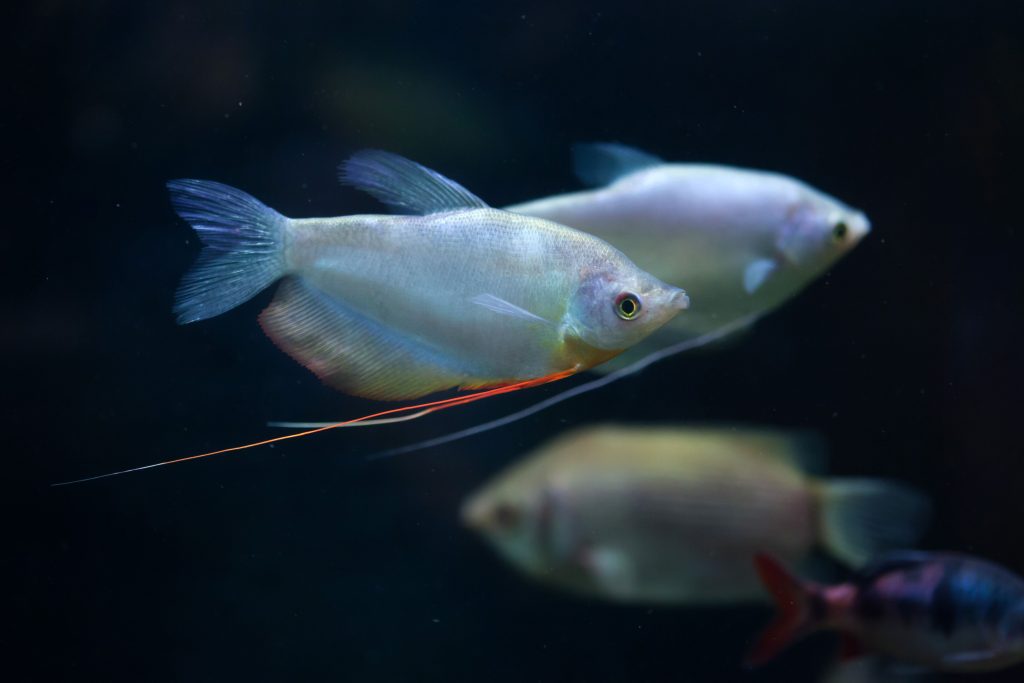Introduction: The Enigmatic Moonlight Fish
The Moonlight Fish, a captivating freshwater species, is cherished by aquarists for its beauty and fascinating behaviors. As hobbyists embark on the journey of raising these enchanting creatures, a common question arises: How long does it take for Moonlight Fish to grow? Understanding their growth cycle not only enhances the aquarium experience but also ensures the well-being of these delightful fish.
Growth Timeline: From Fry to Maturity
Moonlight Fish, like many other tropical species, undergo a transformation from fry to adulthood in approximately 5 to 6 months. This growth period is influenced by environmental conditions and dietary choices. In a well-maintained habitat with optimal care, the growth rate can accelerate significantly. Adult males typically reach a length of 5 to 6 centimeters, while females can grow up to 8 to 9 centimeters.
To facilitate optimal growth, maintaining a water temperature around 26°C is crucial, as this is the most favorable condition for their development. Temperatures should never drop below 18°C, as cooler conditions can hinder their growth.
Breeding Basics: Understanding Moonlight Fish Reproduction
Identifying Gender: The First Step in Breeding
Before delving into the specifics of breeding Moonlight Fish, it is essential to differentiate between males and females. During the breeding season, the water temperature should be maintained at a higher level—ideally 26°C, which is 1 to 2 degrees Celsius above their usual habitat temperature. Additionally, introducing aquatic plants into the aquarium creates a natural environment that encourages spawning.
The male Moonlight Fish exhibits vibrant colors and engages in playful pursuits of the female, especially when she is ready to spawn. Observing the female’s abdomen can provide insights; it usually expands and shows distinct dark markings as she prepares for laying eggs. Once these markings become prominent, indicating potential fertilization, it is advisable to separate the pairs to prevent any disruption during breeding.

Nurturing the Fry: A Delicate Commencement
Upon spawning, a female may release around 10 to 20 eggs initially, escalating to approximately 80 eggs in subsequent spawns every 40 days. The first batch of fry changes color from gray to red shortly after birth. The hatchlings, who may be hesitant to feed immediately, should ideally start consuming nutritious food on their second day of life.
Optimal Feeding Practices
To ensure healthy growth, owners should feed the fry small portions of high-quality food multiple times throughout the day, aiming for about two feedings daily. This attentive feeding practice will support the fry as they transition from their delicate early stages to stronger juveniles.
Key Considerations for Breeding Moonlight Fish
- Avoiding Starvation: Be vigilant during the breeding period, making sure that the female does not become overly hungry, as she may consume her own eggs.
- Isolation for Safety: As evident through the semi-transparent abdomen of a pregnant female, it’s critical to isolate her from other species to encourage safe spawning—preferably in a smaller tank designed for this purpose.
- Stress-Free Environment: Maintaining a tranquil atmosphere during birthing is vital, as stress can lead to the mother eating her fry post-delivery.
- Water Quality Management: Regularly changing a portion of the water in the fry tank every two days helps maintain a healthy environment. The temperature difference between the new water and the existing water should be no more than a couple of degrees.
- Integration of Juveniles: Around 30 days post-hatching, the fry can gradually rejoin adult fish, assuming they have reached a safe size for cohabitation.
Conclusion: A Rewarding Journey of Care and Growth
Through diligent care and understanding of their unique needs, aquarists can witness the stunning transformation of Moonlight Fish from tiny fry into gorgeous adults. By creating an accommodating environment and providing nourishing diets, enthusiasts can enjoy the magical journey of these remarkable fish.























































